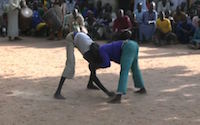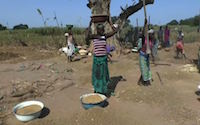The official denomination for Kyanga is Kyanga (ISO 639-3: tye). The language has also been called Tyenga, Tienga, Tchanga and Changa, which are either phonological or orthographic variants of the same root. However, the term Kyanga is now accepted by the populations and political leaders of the respective villages. Shanga (ISO 639-3: sho) is also labelled as Shonga.
Kyanga and Shanga are classified as Niger-Volta-Mande languages, a sub-branch of Eastern Mande (Mande, Niger Congo). In the past, they have been viewed as being part of the Boko/Busa language cluster and dialects of Busa, mostly for geographical reasons and lack of linguistic data. On the basis of recent research (Jones 1998, 2010) it becomes evident that Kyanga and Shanga have to be considered from an ethno-linguistic perspective as two related but distinct languages, and that they are not part of the Boko/Busa cluster (Jones 1998). Both have been neglected in all classifications or sub-classifications of Mande – except in Schreiber (2008) and Vydrine (2009).
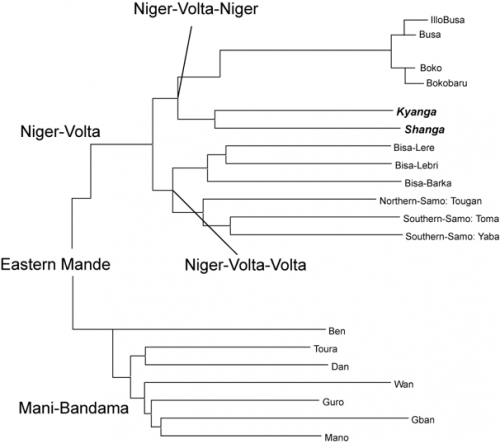
Fig.1: A lexicostatistical classification of Eastern Mande, based on and adapted from Schreiber (2008:55) and supplemented by Jones (2010:17)
It must be emphasized that there is a strong contrast between Kyanga/Shanga speakers and their ‘ethnic’ identity expressed in facial markings, clan-divisions, sense of origin and other traits. While there is still a widespread Kyanga and Shanga ethnic identity in the area (100 villages with approximately 200,000 ethnic Kyanga and 20,000 ethnic Shanga), the number of places in which Kyanga and Shanga is actually spoken is much more restricted (Jones 2010). The six villages of Kyanga speakers are located in an area of no more than 20 by 10 km, while the four Shanga villages are in an area smaller than 5 by 5 km.
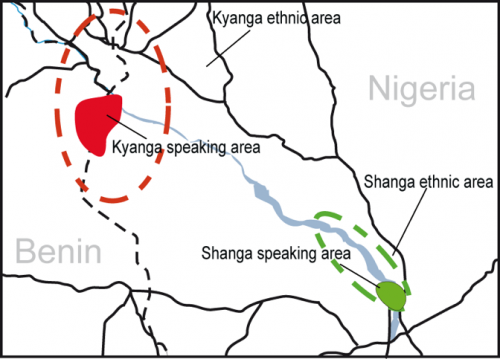
Map 1: Kyanga and Shanga ethic and speaking areas.
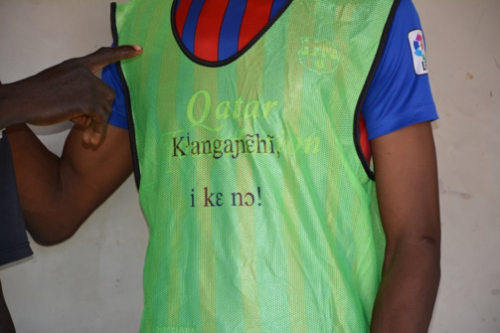
“Kyanga language is great”

